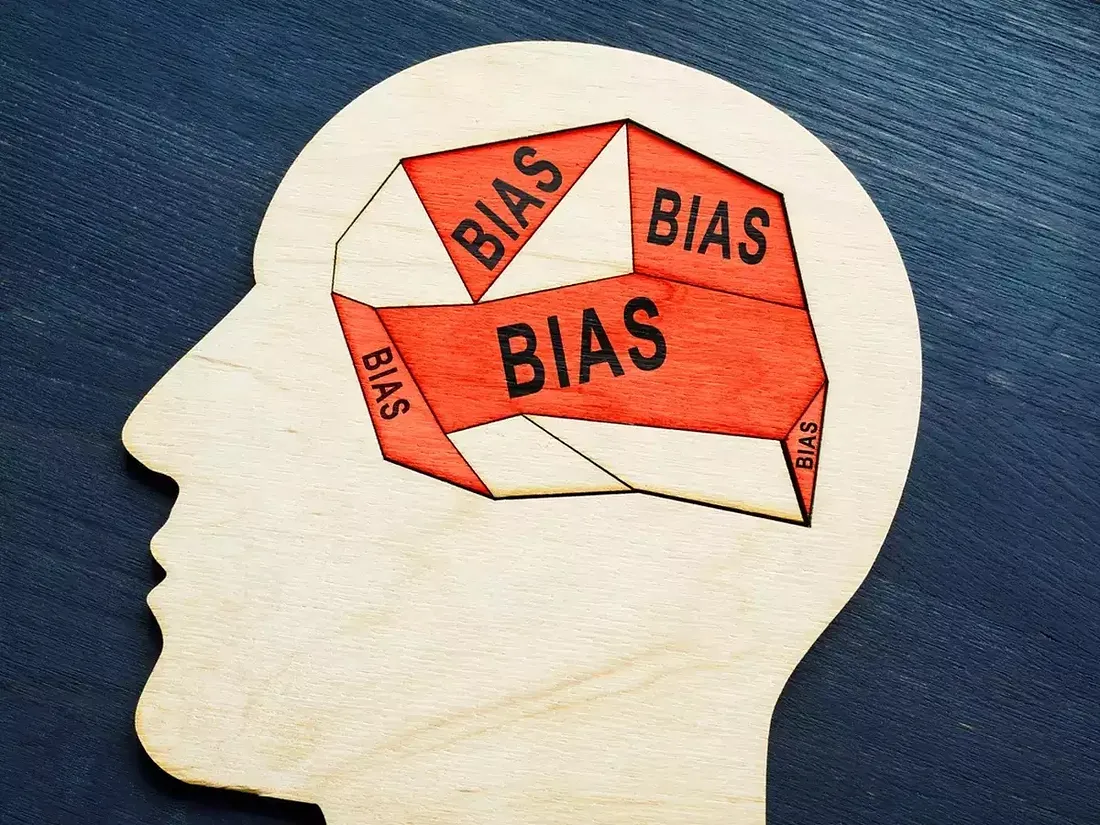Transparent communication is the bedrock of thriving relationships. It entails expressing our thoughts, feelings, and concerns without the paralyzing fear of judgment or the temptation to avoid conflict. Yet, the journey to transparent communication is often riddled with challenges, notably the three R’s: Resist, Regret, and Resentment.
The Cycle of Resist, Regret, and Resentment
1. Resist: Imagine someone makes a comment that unsettles you. Instead of addressing it, you resist the urge to speak out, fearing judgment or conflict. You believe that silence is a safer route than confrontation.
2. Regret: As days pass and similar incidents recur, regret seeps in. You chastise yourself for not speaking up earlier, wondering if you’re to blame for allowing such behavior to persist.
3. Resentment: Over time, if these feelings aren’t addressed, they morph into resentment. You harbor negative feelings towards the other person, even though they might be oblivious to your internal turmoil. From their perspective, their comments might seem harmless, but for you, it’s a growing source of distress.
This cycle underscores a poignant truth: we often judge others by their actions but wish to be judged by our intentions. Such discrepancies in perception and communication can strain both personal and professional relationships. There’s nothing wrong sharing your feelings, but they must come from a place that’s not attacking the other person because you may believe you understand their intent, but your perspective is really from your own bias.
The Fear of Judgment
The fear of how others perceive us can be paralyzing. It can deter us from being authentic, leading to withheld information or evading challenging conversations. This lack of sharing on your side can breed misunderstandings and resentment.
Conflict Avoidance: A Barrier to Transparency
Dodging conflicts might seem like the path of least resistance, but it only prolongs underlying issues. Embracing open dialogue and addressing conflicts head-on can pave the way for mutual understanding and resolutions that benefit all parties involved.
NLP: A Tool for Transparent Communication
Neuro-Linguistic Programming (NLP) can be a game-changer. It equips individuals with tools to reshape their perceptions about judgment and conflict, enabling them to communicate with renewed confidence. Techniques like reframing negative self-talk or visualizing positive outcomes can help individuals surmount their fears, paving the way for candid conversations.
Strategies for Transparent Communication
1. Self-awareness: Recognize your communication triggers. Understanding them can help manage emotions and respond effectively in tense situations.
2. Active Listening: Truly hearing others’ perspectives and validating their feelings can create an environment conducive to open dialogue.
3. Empathy: By genuinely trying to understand another’s viewpoint, we can bridge communication gaps.
Transparent communication, though challenging, is immensely rewarding. By understanding and breaking the cycle of resistance, regret, and resentment, and embracing open dialogue, we can foster trust, prevent resentment, and fortify our relationships. But again, the secret isn’t just sharing what you know to be true, but coming from a place of respect and curiosity. Through understanding, empathy, and the right tools, we can unlock the true potential of our relationships, making them more fulfilling and resilient.
As a co-founder of The Constance Group, I’m at the forefront of revolutionizing sales and leadership strategies worldwide. Our difference? The proprietary “Sales Funnel©” methodology—an innovative approach that significantly enhances selling processes, complemented by our programs in leadership, negotiation, and sales development.
Our distinct edge lies in our personalized approach. Prior to any keynote or workshop, I personally collaborate with stakeholders and attendees to develop a tailored, impactful program. This commitment goes beyond content delivery; it’s about crafting actionable insights that participants can immediately leverage for real-world impact.
Rooted in behavioral science, our strategies offer profound insights into human behavior, empowering your team to navigate complex scenarios with positive outcomes. Our sessions are designed to be engaging and memorable, mixing potent messages with humor and narratives that not only resonate but also inspire lasting change.





